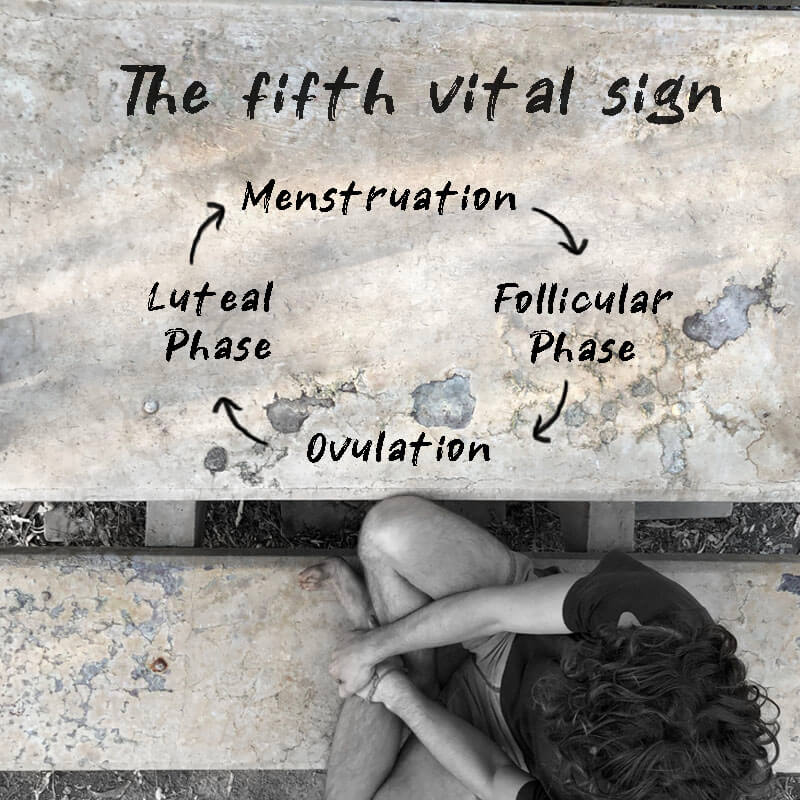
Over the years, the conversation about mental health has become more prominent and even more detrimental. Back in the day, not many people even understood what it was and why it was such an important topic. Conditions such as depression and anxiety were not considered serious mental health issues. But approaches and treatments have taken place thanks to research and improved awareness.
One of the most powerful and effective treatment approaches that have emerged from ongoing studies is cognitive behavioural therapy (CBT). With its evidence-based principles, CBT offers individuals the opportunity to reshape their thoughts, emotions, and behaviours to achieve positive outcomes.
Cognitive behavioural therapy is a short-term, goal-oriented therapeutic approach that focuses on the interplay between thoughts, feelings, and behaviours. Its core belief is that our thoughts influence our emotions and behaviours, and by identifying and challenging negative or irrational thoughts, we can modify our reactions and improve our well-being.
So how does cognitive behavioural therapy work? Here are the ways:
Helps Identify Negative Thought Patterns
CBT begins with the identification of negative thought patterns or cognitive distortions. These cognitive distortions contribute to the emotional distress a person experiences. Some of the most common cognitive distortions include all-or-nothing thinking, overgeneralisation, catastrophising, and personalisation. By becoming aware of these distortions, individuals can begin to recognise their impact on their emotions and behaviours.
Challenges and Restructures Thoughts
Once negative thought patterns are identified, CBT encourages individuals to challenge and reframe their thoughts which involves examining the evidence supporting or refuting these thoughts, considering alternative perspectives, and replacing negative thoughts with more balanced and realistic ones. Individuals can change how they perceive and respond to situations by shifting their thinking.
Behavioural Activation
Cognitive behavioural therapy recognises the powerful connections between thoughts, emotions, and behaviours. CBT incorporates behavioural activation alongside restructuring, and this involves engaging in activities and behaviours that align with positive emotions and personal values. When you are able to break free from negative behavioural patterns and adopt healthier alternatives, individuals can experience an improvement in their everyday mood and overall well-being.
Develop Coping Strategies
Another crucial aspect of CBT is equipping individuals with effective coping strategies to manage challenging situations. Through psychoeducation and skill-building exercises, therapists help clients learn new effective techniques such as relaxation exercises, problem-solving skills, and assertiveness training – tools that are necessary for empowering individuals to navigate life’s difficulties with resilience and confidence so the next time they face a difficult situation, they would be able to make better decisions.
Monitor Progress and Homework Assignments
CBT is an active and collaborative therapy, so it is essential that patients are open and willing to go through the whole process. Individuals are often assigned homework between sessions, such as keeping thought journals or engaging in specific behavioural experiments. These tasks help clients apply the strategies learned in therapy to real-life situations. By monitoring progress and reflecting on their experiences, individuals enhance their self-awareness and facilitate lasting change.
CBT has gained widespread popularity due to its effectiveness in treating various mental health conditions, including anxiety disorders, depression, phobias, and post-traumatic stress disorder (PTSD). It offers individuals practical tools to manage distressing thoughts, regulate emotions, and modify maladaptive behaviours. Moreover, CBT is a time-limited therapy, making it suitable for individuals seeking short-term interventions.
*
Cognitive behavioural therapy is a transformative therapeutic approach that motivates patients to take control of their thoughts, emotions, and behaviours. By challenging negative thought patterns, engaging in positive behaviours, and developing coping strategies, individuals can experience lasting change and improved well-being. If you’re seeking practical and evidence-based therapy, CBT may be the key to unlocking your full potential.

Sheena Javier
Connect
A Perfect Coup: Pharmaceutical Industry’s Hold on Healthcare
A dive into industry's extensive influence
Lead and the Fall of the Roman Empire: Welcome the ‘Aluminium Age’
How Aluminium is Affecting Our Health









